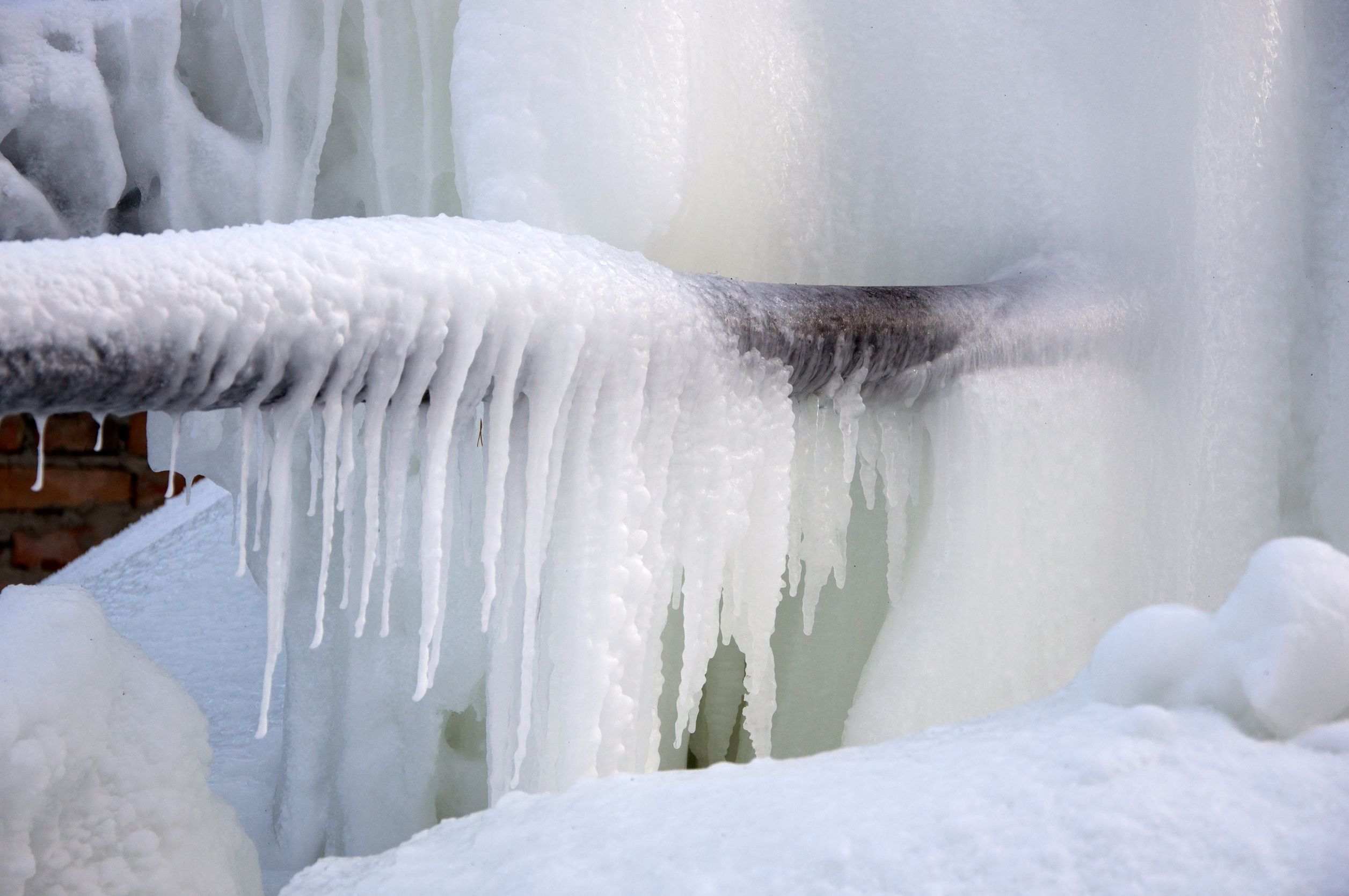Protecting Pipes from Freezing Damage: Essential Tips
Protecting Pipes from Freezing Damage: Essential Tips
Blog Article
They are making a few great points relating to How To Avoid Freezing Pipes as a whole in this content down below.

Cold weather can damage your pipes, especially by freezing pipelines. Here's exactly how to avoid it from taking place and what to do if it does.
Introduction
As temperature levels decline, the risk of frozen pipelines boosts, potentially leading to pricey repair services and water damage. Recognizing exactly how to prevent icy pipes is critical for house owners in cold environments.
Understanding Icy Pipes
What triggers pipes to freeze?
Pipelines freeze when revealed to temperatures listed below 32 ° F (0 ° C) for extended periods. As water inside the pipes ices up, it expands, putting pressure on the pipeline walls and possibly causing them to burst.
Threats and damages
Icy pipelines can bring about water supply disturbances, residential property damage, and pricey fixings. Burst pipelines can flooding homes and create considerable architectural damages.
Indicators of Frozen Pipes
Identifying icy pipelines early can stop them from rupturing.
Exactly how to determine frozen pipes
Seek lowered water circulation from faucets, unusual smells or noises from pipes, and noticeable frost on revealed pipelines.
Prevention Tips
Insulating prone pipelines
Cover pipelines in insulation sleeves or use heat tape to safeguard them from freezing temperature levels. Concentrate on pipelines in unheated or external locations of the home.
Home heating strategies
Maintain indoor rooms properly heated, especially areas with pipes. Open closet doors to enable cozy air to distribute around pipelines under sinks.
Safeguarding Exterior Plumbing
Yard hoses and outside taps
Disconnect and drain pipes yard tubes prior to wintertime. Set up frost-proof faucets or cover exterior faucets with shielded caps.
What to Do If Your Pipes Freeze
Immediate activities to take
If you think frozen pipes, maintain faucets open up to ease stress as the ice melts. Use a hairdryer or towels taken in hot water to thaw pipes gradually.
Long-Term Solutions
Structural modifications
Think about rerouting pipes far from outside walls or unheated areas. Include additional insulation to attics, cellars, and crawl spaces.
Updating insulation
Invest in top quality insulation for pipelines, attics, and wall surfaces. Appropriate insulation helps keep consistent temperature levels and minimizes the risk of frozen pipelines.
Final thought
Preventing icy pipelines requires aggressive measures and fast actions. By recognizing the reasons, indicators, and preventive measures, house owners can shield their pipes during winter.
5 Ways to Prevent Frozen Pipes
Drain Outdoor Faucets and Disconnect Hoses
First, close the shut-off valve that controls the flow of water in the pipe to your outdoor faucet. Then, head outside to disconnect and drain your hose and open the outdoor faucet to allow the water to completely drain out of the line. Turn off the faucet when done. Finally, head back to the shut-off valve and drain the remaining water inside the pipe into a bucket or container. Additionally, if you have a home irrigation system, you should consider hiring an expert to clear the system of water each year.
Insulate Pipes
One of the best and most cost-effective methods for preventing frozen water pipes is to wrap your pipes with insulation. This is especially important for areas in your home that aren’t exposed to heat, such as an attic. We suggest using foam sleeves, which can typically be found at your local hardware store.
Keep Heat Running at 65
Your pipes are located inside your walls, and the temperature there is much colder than the rest of the house. To prevent your pipes from freezing, The Insurance Information Institute suggests that you keep your home heated to at least 65 degrees, even when traveling. You may want to invest in smart devices that can keep an eye on the temperature in your home while you’re away.
Leave Water Dripping
Moving water — even a small trickle — can prevent ice from forming inside your pipes. When freezing temps are imminent, start a drip of water from all faucets that serve exposed pipes. Leaving a few faucets running will also help relieve pressure inside the pipes and help prevent a rupture if the water inside freezes.
Open Cupboard Doors
Warm your kitchen and bathroom pipes by opening cupboards and vanities. You should also leave your interior doors ajar to help warm air circulate evenly throughout your home.

We were made aware of that write-up on Helpful Tips to Prevent Frozen Pipes this Winter from a buddy on another website. Sharing is caring. You won't know, you could be doing someone a favor. I thank you for reading our article about Prevent Frozen Pipes .
Course Detail Report this page